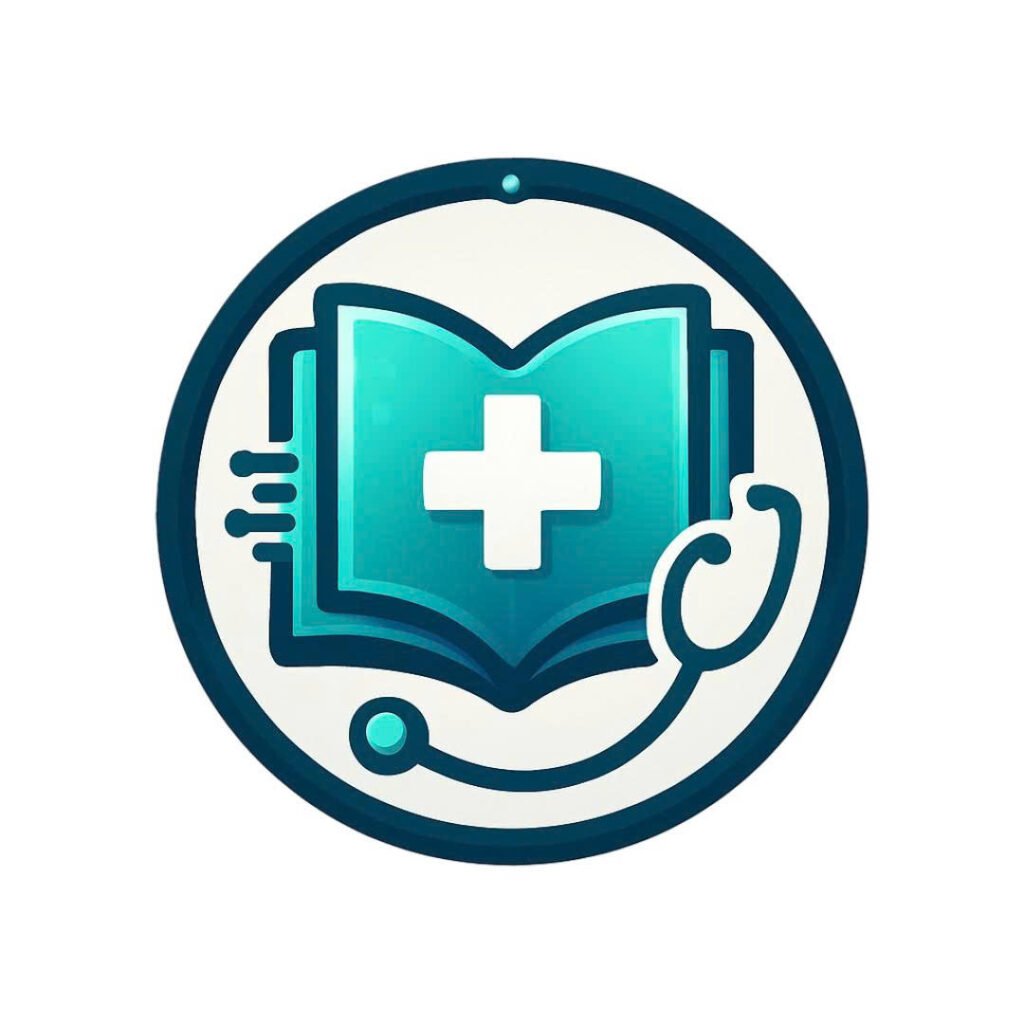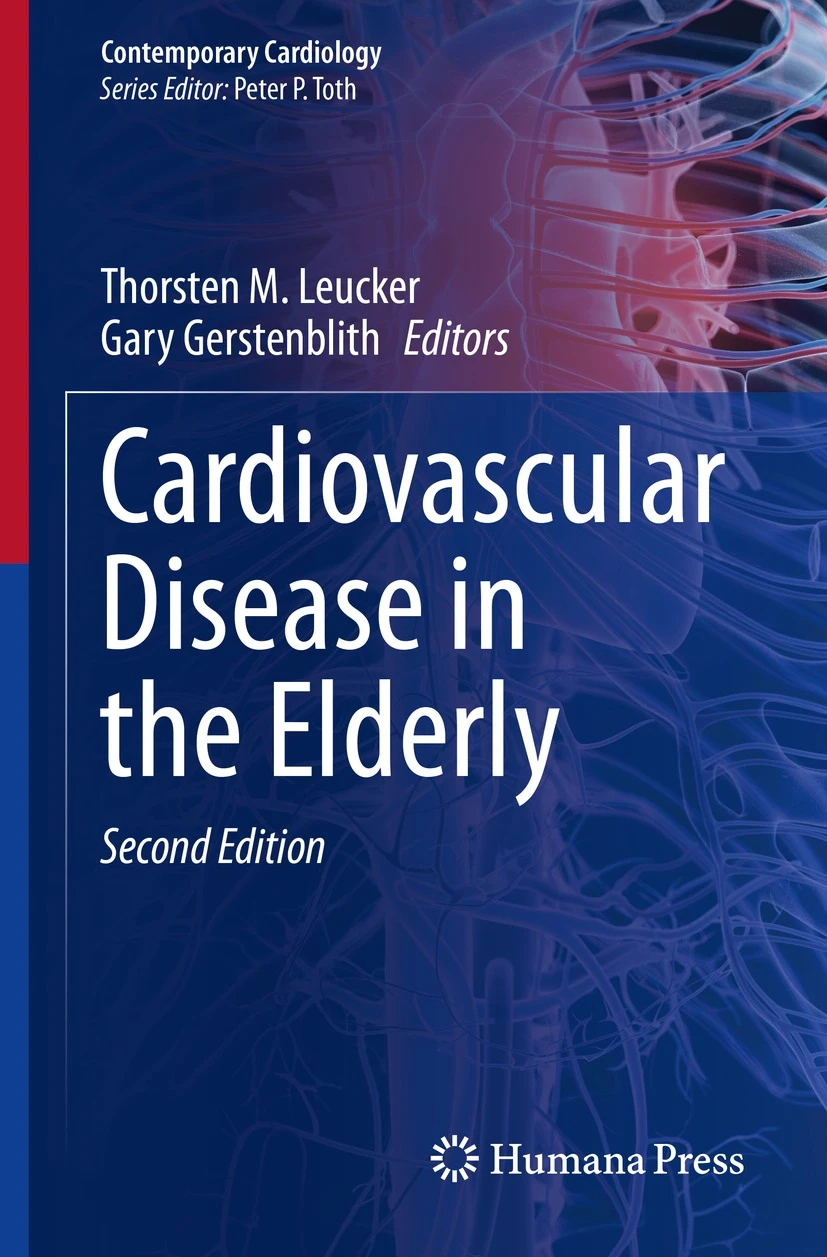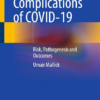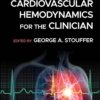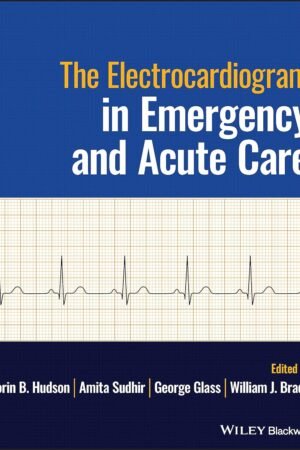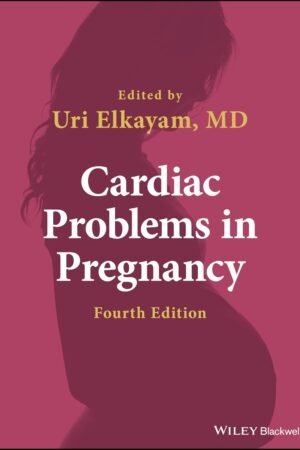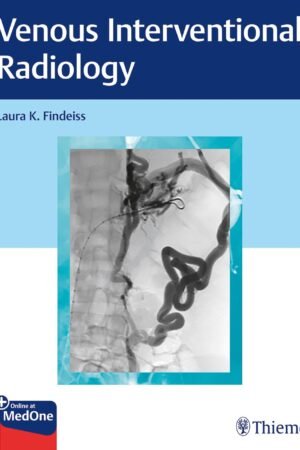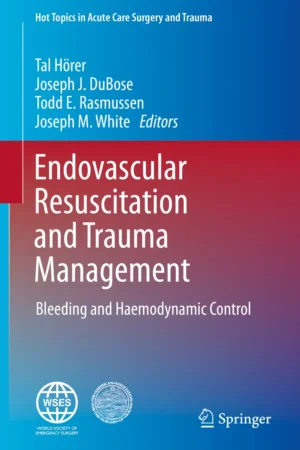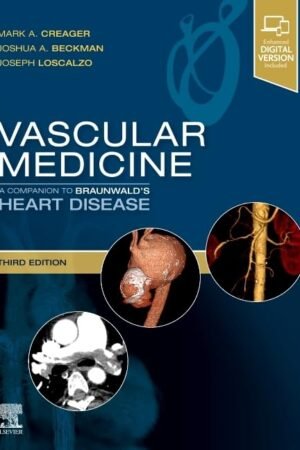Cardiovascular Disease in the Elderly PDF
Introduction
Cardiovascular disease in the elderly is one of the most pressing health concerns worldwide. According to the World Health Organization (WHO), cardiovascular diseases remain the leading cause of death globally, with a significant impact on older adults. As the population ages, the number of older adults living with heart disease, hypertension, and other cardiovascular conditions continues to rise. This ebook provides a comprehensive overview of cardiovascular disease in the elderly, including risk factors, pathophysiology, diagnosis, treatment, and strategies for prevention. Healthcare professionals, caregivers, and medical students will find this resource practical and evidence-based.
Understanding Cardiovascular Disease in the Elderly
Cardiovascular disease in the elderly encompasses a wide range of conditions affecting the heart and blood vessels. The most common include coronary artery disease, heart failure, atrial fibrillation and other arrhythmias, hypertension, and peripheral artery disease. Aging causes structural and functional changes in the cardiovascular system. Arterial stiffness, endothelial dysfunction, and reduced cardiac reserve all contribute to increased vulnerability in elderly patients. More details about the aging heart can be found in the National Institute on Aging resources.
Risk Factors in Older Adults
The risk of cardiovascular disease in the elderly is influenced by multiple factors. Age-related changes such as vascular calcification and myocardial remodeling make the cardiovascular system more fragile. Comorbidities like diabetes, chronic kidney disease, and COPD increase the burden. Lifestyle factors such as smoking, poor diet, and lack of exercise accelerate disease progression. Genetic predisposition and family history also play a significant role in determining long-term cardiovascular health. For prevention guidelines, refer to the Centers for Disease Control and Prevention (CDC).
Clinical Presentation and Diagnosis
Elderly patients often present with atypical symptoms. Instead of classic chest pain, they may complain of fatigue, shortness of breath, confusion, or dizziness. Physicians should use a combination of history, physical examination, and diagnostic tools to ensure accuracy. These include electrocardiography, echocardiography, stress testing, cardiac biomarkers, and advanced imaging such as CT, MRI, or PET scans. The American Heart Association (AHA) provides further guidance on diagnostic strategies and clinical updates.
Management and Treatment
Treating cardiovascular disease in the elderly requires an individualized approach that considers age, comorbidities, and quality of life.
Lifestyle Modifications
Lifestyle changes are the foundation of cardiovascular health. A heart-healthy diet such as the Mediterranean or DASH diet, combined with regular physical activity adapted to the patient’s functional capacity, can make a significant difference. Smoking cessation and alcohol moderation are equally important.
Pharmacologic Therapy
Medication plays a key role in controlling cardiovascular disease in older adults. Antihypertensives, statins, anticoagulants for atrial fibrillation, beta-blockers, and ACE inhibitors for heart failure are commonly prescribed. Careful monitoring is essential to avoid drug interactions and adverse effects, especially in patients already taking multiple medications.
Interventional and Surgical Options
In selected patients, advanced procedures may be required. Percutaneous coronary intervention, coronary artery bypass grafting, and valve replacement techniques such as TAVR or SAVR can restore function and improve quality of life. Since elderly patients often carry higher surgical risks, treatment decisions must balance potential benefits with possible complications.
Prevention Strategies
Preventing cardiovascular disease in the elderly is just as important as treatment. Routine screening for hypertension, diabetes, and dyslipidemia allows for early intervention. Vaccinations such as influenza and pneumococcal immunization reduce cardiac stress from infections. Comprehensive geriatric care focusing on multimorbidity and polypharmacy management helps optimize long-term outcomes. You can learn more about prevention from the European Society of Cardiology (ESC).
Challenges in Managing Elderly Patients
Managing cardiovascular disease in the elderly presents unique challenges. Polypharmacy increases the risk of drug interactions. Frailty and reduced functional reserve make recovery more difficult. Cognitive impairment affects treatment adherence, while socioeconomic barriers may limit access to healthcare services. A holistic approach that considers physical, psychological, and social dimensions is essential for success.
Conclusion
Cardiovascular disease in the elderly represents a major challenge for modern healthcare systems. With proper diagnosis, individualized treatment, and preventive strategies, outcomes can be significantly improved. This ebook is designed to provide healthcare professionals and caregivers with a clear, evidence-based guide to managing heart disease in older adults.
👉 Download Cardiovascular Disease in the Elderly PDF to explore detailed guidelines, case studies, and practical tools for better patient care.
